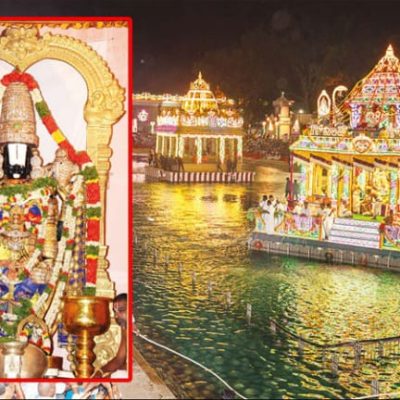Bagan Nanda-ma-nya-hpaya, Myanmar

Address
Bagan Nanda-ma-nya-hpaya, Myanmar
Nyaung-U, Bagan,
Myanmar (Burma)
Moolavar
Buddha
Introduction
Nanda-ma-nya-hpaya Temple (mid 13th century) stands about 1 kilometer north or Minnathu village, to the right of the road leading from the village to the modern Aureum Palace hotel. Though it is a small temple, measuring about 9 x 9.5 meters, its interior contains some of the best preserved mural paintings in Bagan.
Puranic Significance
An inscription found on the temple’s porch mentions the year 1248, which suggests it was built during the reign of King Kyaswa (r. 1235-49/51). However, both Strachan and Stadtner are dubious about the inscription’s relation to the temple, with Stadtner suggesting it was brought to the temple at some point in the past. Even so, the temple is stylistically consistent with a mid to late 13th century date, as its design and execution is quite similar to the nearby Paya-thon-zu temple (though the latter is far larger and comprises a three-part plan).
In particular, the ceiling draws the observer’s eye with its tessellated depiction of seated Buddhas and celestial beings rendered within squares and octagons, interspersed with swirling and sinuous vegetation. The four ceiling panels—one on each side of the cloister vault—meet at an apex which features a blooming lotus roundel. The ceiling design is all the more remarkable as such works are usually the first to succumb to the effects of gravity in Bagan’s quake-prone environment. Immediately below the ceiling is a freize depicting the 28 Buddhas of the Buddhavamsa inside teardrop shaped frames. These Buddhas represent the 28 prior Buddhas who came to enlightenment in the eons before the historical Buddha, Gautama, though each of the Buddhas was said to have met Gautama in the current Buddha’s past lives. This theme was used extensively throughout Bagan’s temples and fits squarely within the orthodoxy of the Pali canon that thrived in Bagan’s Theravada-centric religious environment. This contrasts somewhat with certain supposed Tantric influences (such as the aforementioned use of nudity) which add thematic variety, though both Stadtner and Strachan are consistent that any such connections to Tantrism are spurious, as such themes were still used—albeit less frequently—in Theravada Buddhist iconography.
The exterior of the temple is less stunning than the interior, mainly because only about 25% of the stucco moldings have survived. None of the original pediments are present, though each has been conjecturally rebuilt in unadorned red brick. Of the surviving specimens, the best stands on the lower walls of the north facade.
The plan of the temple is a Greek cross with a single east-facing entrance. Two small perforated windows provide additional light on the north and south sides, while the west facade includes no openings as the main Buddha image’s back faces that direction. The superstructure of the temple is essentially a stupa, with the uppermost elements rising four to five times the height of the doorways. Centuries of earthquakes, large and small, have decimated the lower tiers of the stupa whereas the upper third was entirely shorn away at some point in the past. It has now been conjecturally rebuilt.














Century/Period
mid 13th century
Managed By
UNESCO World Heritage Site
Nearest Bus Station
Bagan
Nearest Railway Station
Bagan
Nearest Airport
Nyaung U airport





